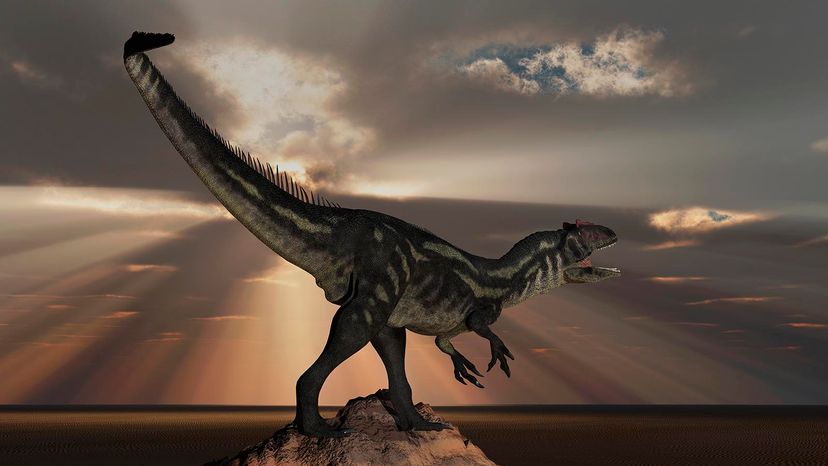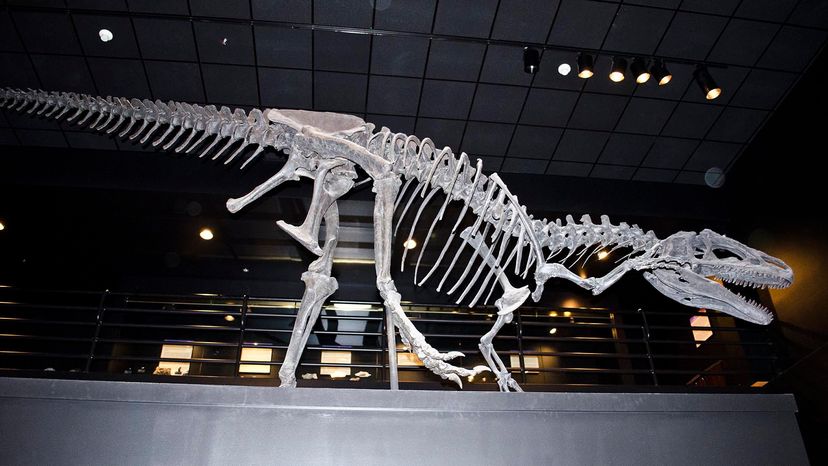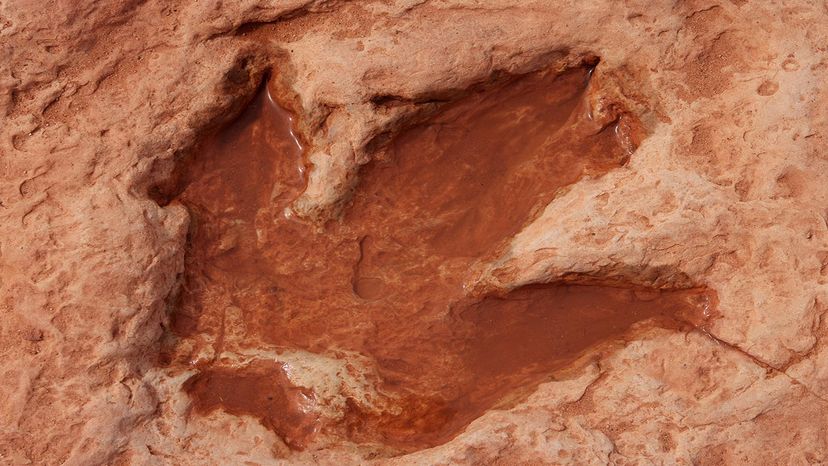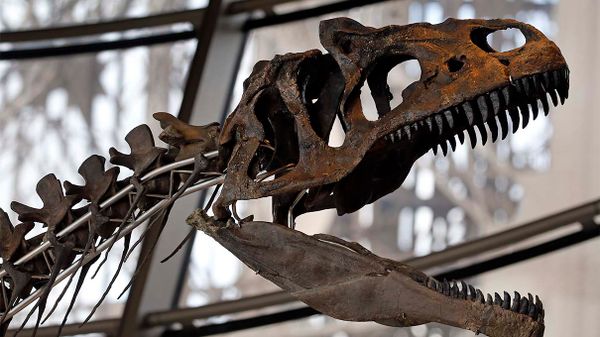No discussion about Allosaurus would be complete without mentioning Utah's mysterious Cleveland-Lloyd Dinosaur Quarry (CLDQ).
Fossils of 10 different dino species have been excavated here, including plant-eaters like Stegosaurus and Apatosaurus. Yet a remarkable 66 percent of all the dinosaur bones found in the CLDQ were left behind by Allosaurus.
Altogether, the quarry has yielded parts of at least 46 Allosaurus skeletons. Some were juveniles, others were full-grown adults. But they all died in the same spot.
The question is, why? Why are the numbers so skewed? Why is Allosaurus so overrepresented at the CLDQ? Several explanations have been put forth over the years.
Maybe the CLDQ was once a Jurassic predator trap.
Basically, that's a place where herbivores get caught in thick mud (or another substance) and then attract carnivores who die the same way. All those bodies attract even more carnivores, with dead and dying predators vastly outnumbering prey species.
Critics say the rarity of bite marks on the quarry's dinosaur bones is a strike against this hypothesis, though.
It's also possible the CLDQ was the home of a poisoned watering hole — or a normal one that dried up, leaving thirsty dinosaurs to die on its banks. Another proposed scenario blames flooding for the accumulation of skeletons.



